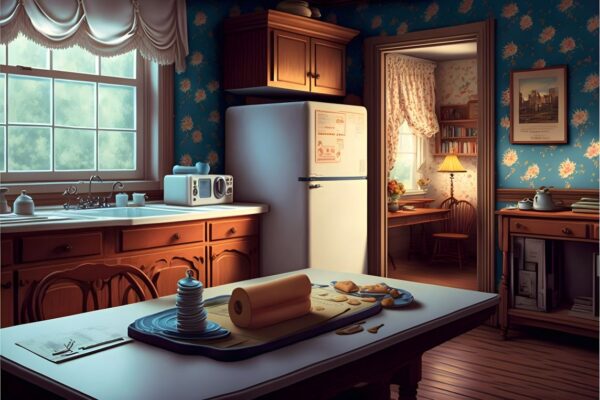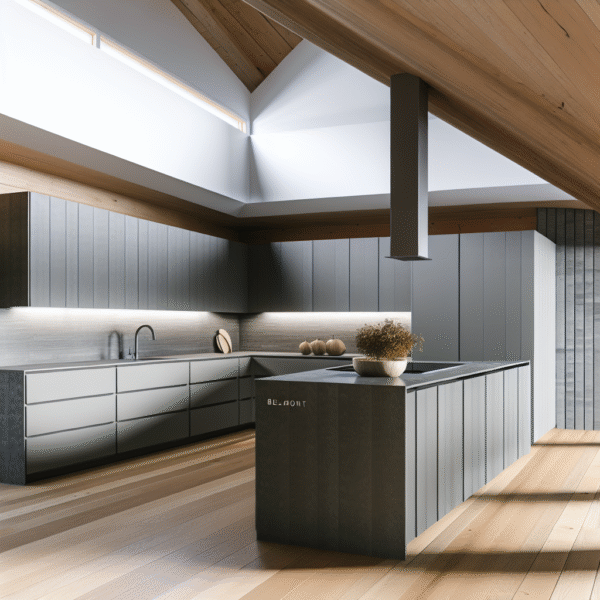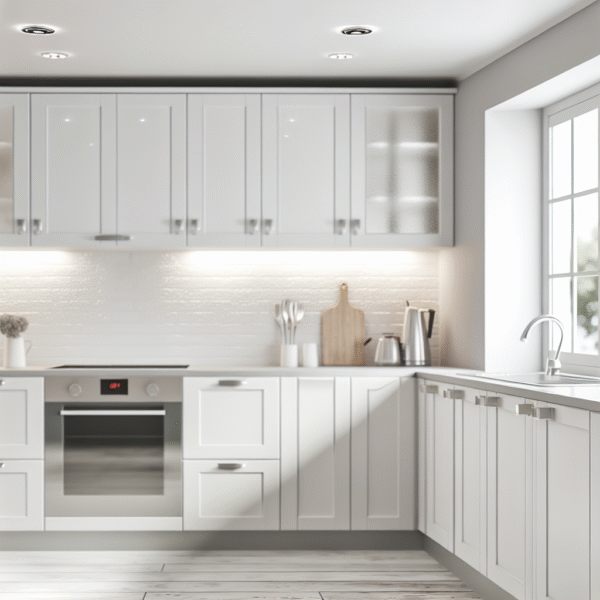When designing a seamless and professional kitchen, small details can make a big difference. One of those often-overlooked details is cabinet scribe molding. Used to close gaps between cabinets and uneven walls, this molding provides a clean, finished look that elevates the entire room. While it may seem minor compared to countertops or doors, this trim piece plays an important role in creating a polished, custom appearance.
What Is Cabinet Scribe Molding?
Cabinet scribe molding is a thin strip of trim, typically about ¾ inch wide, that is installed along the edges of cabinets where they meet the wall or ceiling. Its primary purpose is to cover minor imperfections or gaps caused by uneven surfaces. Instead of leaving unsightly spaces between the cabinet and wall, scribe molding fills those gaps for a smooth transition. It can be cut, shaped, and sanded to fit precisely, creating a flawless edge that blends into the overall cabinetry design.
Why Is Scribe Molding Necessary?
Even in well-constructed homes, walls and ceilings are rarely perfectly straight. These slight irregularities can create gaps when cabinetry is installed. Cabinet scribe molding solves this by adjusting to those inconsistencies, allowing for a tight, custom fit. Without it, you may notice shadows, gaps, or an unfinished edge that detracts from the visual flow of the space. It’s especially helpful for upper cabinets, which are often more exposed and subject to scrutiny.
Enhancing the Look of Your Cabinets
Beyond its functional benefits, cabinet molding enhances the look of your kitchen by completing the cabinetry’s appearance. It creates smooth lines and transitions that make the entire installation appear intentional and refined. Whether your cabinets are traditional, modern, or rustic, scribe molding blends into the design, acting as the final touch that pulls everything together. It can be stained or painted to match the cabinet finish, or even left natural in some wood-based designs.
Installation Considerations
Installing cabinet scribe molding requires attention to detail. The molding must be carefully measured and cut to fit the unique curves or angles of your walls. Once attached, it is usually nailed or glued in place, then finished to match the cabinets. While it may seem like a minor task, proper installation can dramatically improve the look of the kitchen. Professional cabinetmakers and installers often view it as a mark of quality workmanship.
When to Use It
Cabinet scribe molding is commonly used in kitchens, bathrooms, laundry rooms, or anywhere cabinetry meets a wall or ceiling. It is especially valuable in remodels or older homes where wall surfaces may be less even. Even in new builds, it helps hide small installation variances and adds to the overall aesthetic.
Final Thoughts
Cabinet scribe molding may be a small detail, but it plays a big role in the overall finish of your cabinetry. By bridging gaps and smoothing transitions, it ensures your cabinets look professionally installed and visually cohesive. If you’re investing in new cabinetry, don’t overlook the finishing touches—because the details, like scribe molding, are what make the design truly complete.





